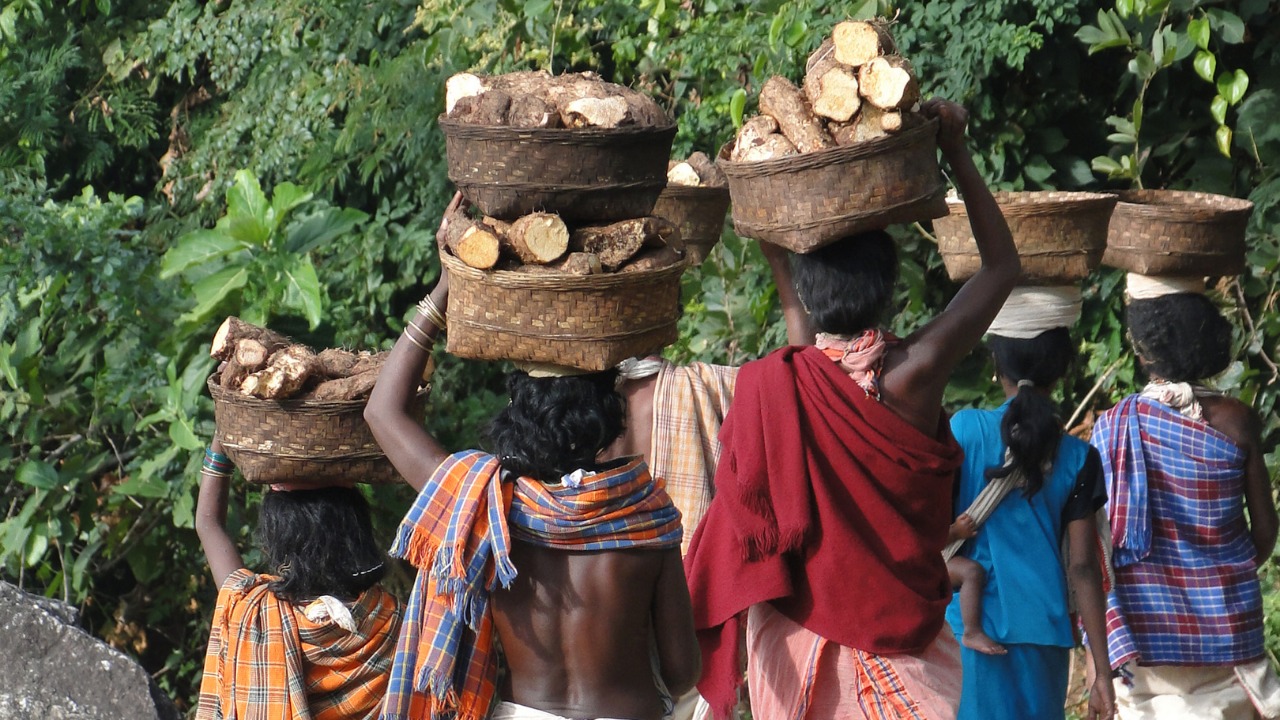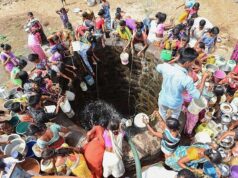The United Nations declared ‘Gender Equality Today for a Sustainable Tomorrow’ as the theme for International Women’s Day 2022. The theme is an effort to commemorate and recognise “the contribution of women and girls around the world, who are leading the charge on climate change adaptation, mitigation, and response, to build a more sustainable future for all.” Around the world, women’s contribution towards climate change mitigation and adaptation has gained immense traction over the years. Gender equity as well equality under law is recognised as a Sustainable Development Goal. While we fondly read about women’s movements to tackle climate change, we hardly think about what set of rules best enable them to do so. For example, the well-meaning conservationists within us will agree with the expansion of Kaziranga National Park without considering its unseen consequences i.e. eviction of forest dwellers including thousands of women whose livelihoods are dependent on the forest. This begs the question: What kind of policies empower women, especially tribal women, to be at the forefront of protecting forests while securing a sustainable livelihood?
Community Land and Tenure Rights
Let’s begin by understanding what we mean by the land and tenure rights for communities. Historically, indigenous people and tribal communities have depended on their forest land and its resources for food, livelihood, medicinal products, water, and so on. Their relationship with their land and its resources is rooted in a set of customs and traditions, which is often called a tenure system. Tenure rights define who gets to use what resources, under what conditions, and for how long. When communities have land and tenure rights, they reap a lot of economic and social benefits from them. The rights over forest produce also allow them rights to access, manage, and use those resources. Communities can use the forest produce for consumption, which guarantees food security. They can also forage and sell the forest produce, which makes for a source of income. Since these communities directly depend on these forest resources, they have the most incentive to protect them. Therefore, there are a lot of environmental benefits of community land and tenure rights as well.
With men migrating from villages to cities in search of work, the role of indigenous and rural women, who have been left behind, becomes crucial when understanding community rights. Power and Potential, a report by the Rights and Resources Initiative, highlights how the recognition of the rights of communities must be accompanied by the recognition of the rights of women of these indigenous and rural communities. In fact, the report emphasizes that laws that protect women’s rights to community forests are more likely to safeguard the forest ownership rights of entire communities. The Forest Rights Act, 2006 is one of only two legislative frameworks (out of the 80 frameworks studied in 30 countries) that not only recognizes the equal rights to community forests for all adult women members of the village assembly, but also requires their participation in decision-making (Madhu Sarin, 2017)
Women’s Role in Minor Forest Produce Economy
Community tenure over forest resources includes the rights to access, collect, use and dispose of minor forest produce, as provided under section 3(1)(c) of the Forest Rights Act, 2006. The Minor forest produce (MFP) economy in India is worth around Rs. 200 crores annually. The importance of the MFP economy lies in the fact that around 275 million forest dwellers are supported by income generated through collection and sale of minor forest produce, while around 100 million people directly derive their livelihood from this economic activity. Tribal women form a crucial part of the economy and are mostly involved in the collection of minor forest produce. Estimates suggest that women’s participation in the minor forest produce economy is around 57%, primarily as collectors for different kinds of MFP such as mahua, tendu patta, sal seeds, chironji etc. It wouldn’t be unwise to say that the benefits of a prosperous minor forest produce regime accrue directly to tribal women.
The recognition of community forest rights over minor forest produce is a precursor to financially empowering tribal women, but it does not by itself ensure viable livelihood opportunities. The economy is riddled with challenges such as the inability of tribal people to negotiate for better prices given lack of market access. Also, the majority of collectors are small time individual collectors, and are not well-organized to ensure attractive returns through bargains. It is here that civil society and government efforts can go a long way. Capacity building, value addition to minor forest products in the form of processing and packaging, and assistance to organize self help groups, are some of the ways in which governments and civil society groups can facilitate change.
One such example is the successful model of Nelakottai Kattunayakan Women’s Cottage Industry Co-operative in Nilgiris District, Tamil Nadu. This is a group of nine tribal women who set up a co-operative to sell minor forest produce, including honey, greens, yams, spices, vegetables and medicinal herbs on which they have depended for generations. They felt that the government and NGOs including other private traders purchased their forest produce at very low prices. The setting up of the cooperative created new market opportunities and the impact was such that 1 kg of honey, which was earlier sold for Rs. 200-300, is now worth Rs. 1000 per kg. — the benefits go directly to the community.
The income generated through this venture has also incentivised the local community to create strict controls on the amount of forest produce that can be harvested, thereby ensuring community-led conservation. It is pertinent to mention that this project is supported by the Revenue Department as well as other civil society organizations. The many lessons learnt from such examples of community engagement include the recognition of community forest rights, legally and financially empowering tribal women, and the reaffirmation that the government’s role is not to be the forest guard, but the guardian of people’s rights over forest resources.
Read more: How the virus changed our financial behaviour
Post Disclaimer
The opinions expressed in this essay are those of the authors. They do not purport to reflect the opinions or views of CCS.






